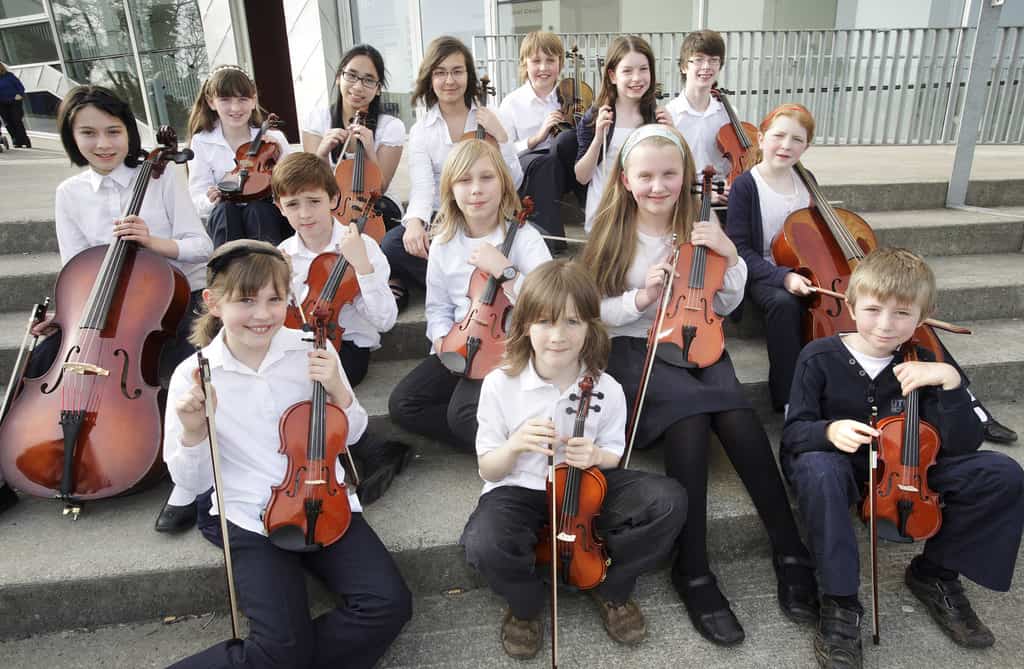A natural gift in music is lower on society’s agenda than is literacy and numeracy and is not so easy to assess. But how can musical ability be identified?
Musical intelligence is the earliest of the seven talents to emerge, according to Howard Gardner’s book, Frames of Mind: The Theory of Multiple Intelligences (Fontana Press, 1993). A predisposition in music can emerge as early as two.

How To Identify Musical Talent
Some people are more musically predisposed than others. Gardner discusses the three areas where one with a musical bias shows sensitivity:
- Pitch: the sound of a note or the melody.
- Rhythm: the frequency at which the notes are played.
- Timbre: The quality of a note.
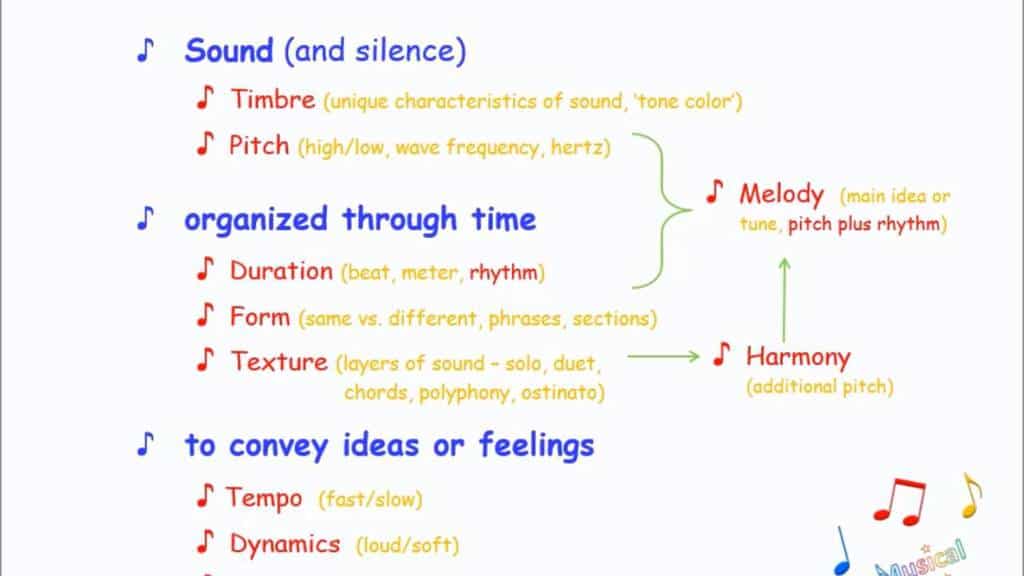
He also discusses a further area in musical appreciation, which is the emotional response to a piece of music.
Where Musical Talent is Located
Musical intelligence has little to do with whether someone is able to read music or define a semi-quaver. According to Julian Rushton’s Mozart an Extraordinary Life (Royal School of Music) Mozart was composing at the age of five by intuition alone.
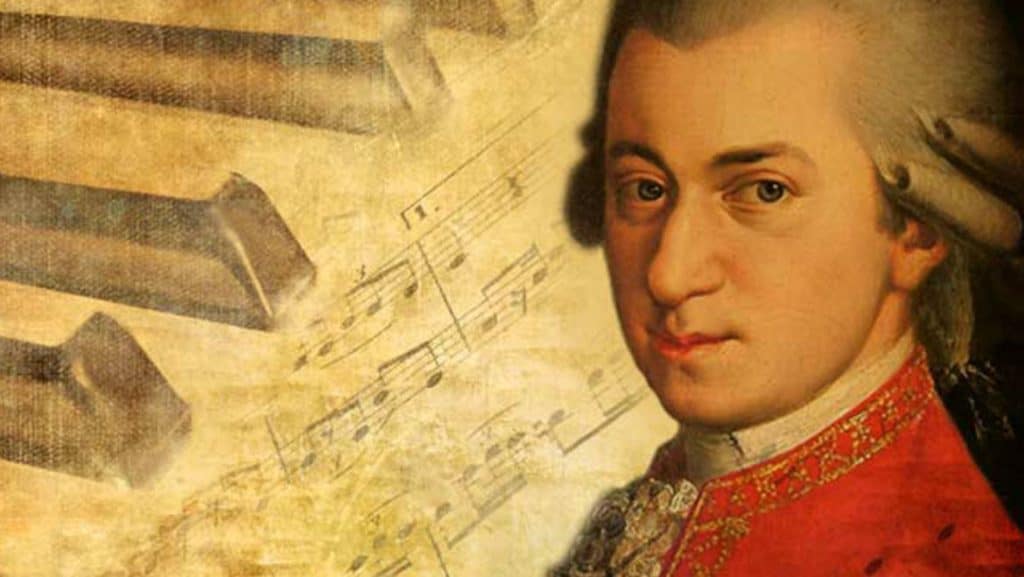
Again, a good sense of pitch is not located in the inner ear. Musical competence is located, according to Gardner, mostly within the right hemisphere of the brain. However, it has been found that with increased formal training, the left hemisphere of the brain became more involved.
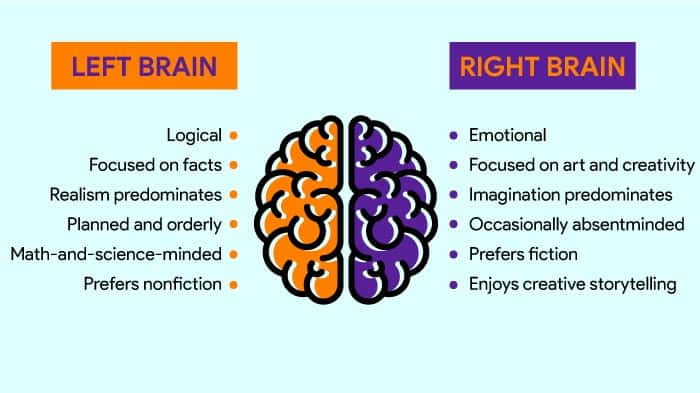
Types of Musical Ability
Gardner identifies two sides to musical ability.
- Figural mode: This is about the “know how” of the music, as Gardner puts it; the music as a whole and how it feels emotionally. This intuitive mode of musical processing emerges early in life and gives rise to young musical prodigies. This type of musical processing is located in the right brain.
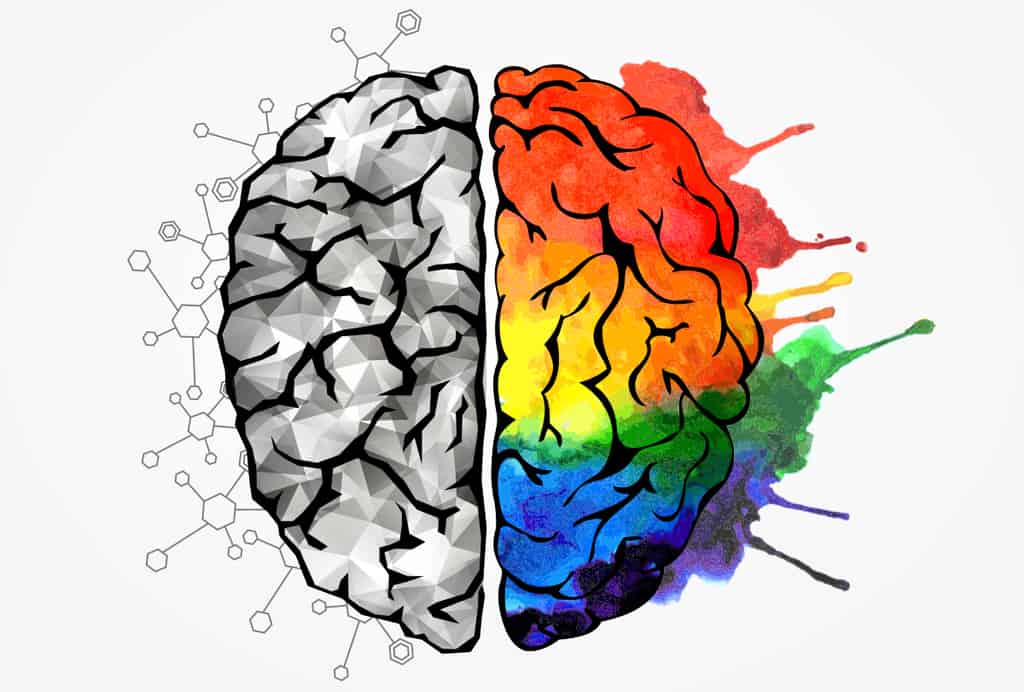
- Formal mode: This is the linguistic side of musical competence. It is more analytical, mathematical, for instance, how many beats to a particular bar; the occurrence of a particular rhythm pattern. This is about problem solving, classification and critical appreciation. This mode is located more within the left brain.
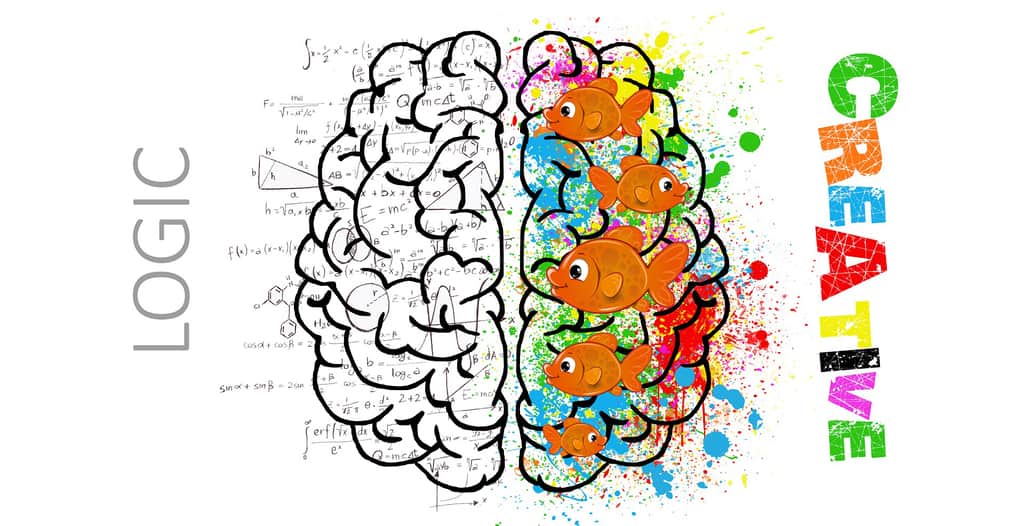
How to Measure Musical Intelligence
Orthodox methods for testing musical ability in education are mostly of the formal mode. This test consists of the following sort of questions:
- The student’s ability to recall a series of notes.
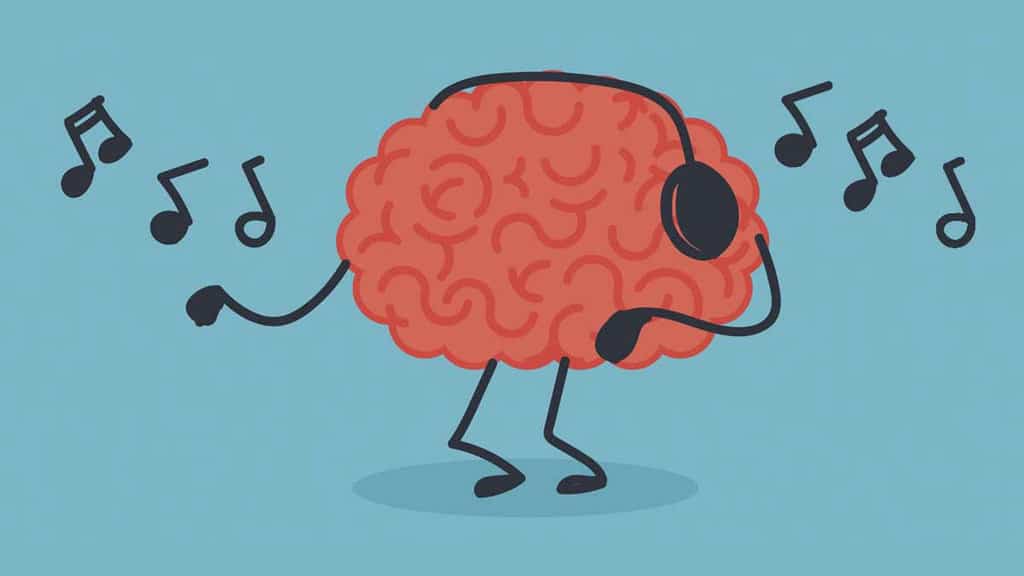
- The ability to judge the pacing of a piece of music.
- To identify which musical instrument is being played.
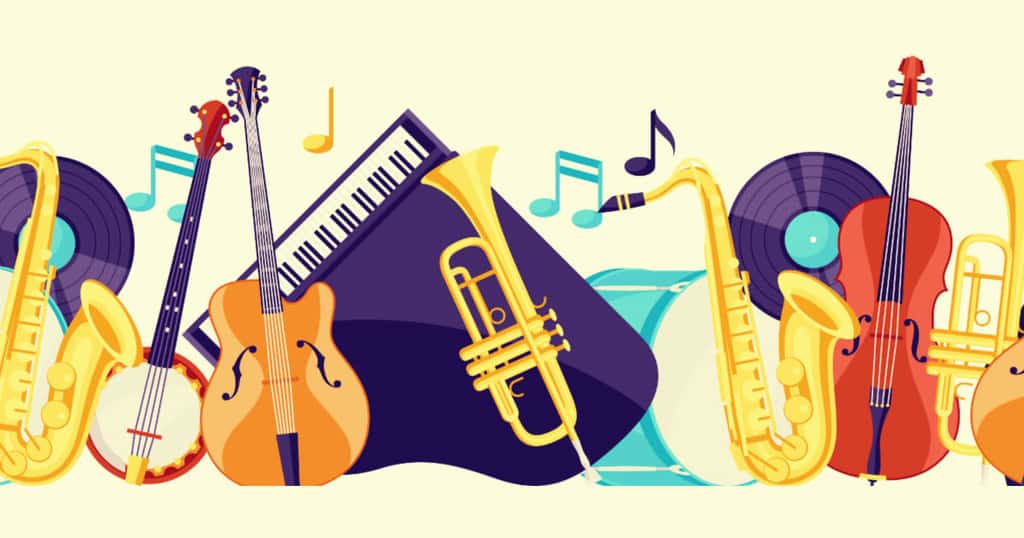
But Gardner argues that most adults are able to do these things to some degree. The test for musical talent, Gardner argues, requires an assessment of the figural mode.
Test for Musical Prodigy
The test of the figural mode of musical processing consists of the following sort of questions:
- Ability to interpret a piece of music.
- The ability to improve a piece by adjusting its composition.
- The ability to create a melody

- The ability to anticipate what the next part of a piece might be.
- The subject’s emotional response to the music.
Subjects who have suffered damage to the right frontal lobe, where the figural processing occurs, are still able to teach and to play music, but the emotional response has been affected and the subject might lose the urge to compose music.
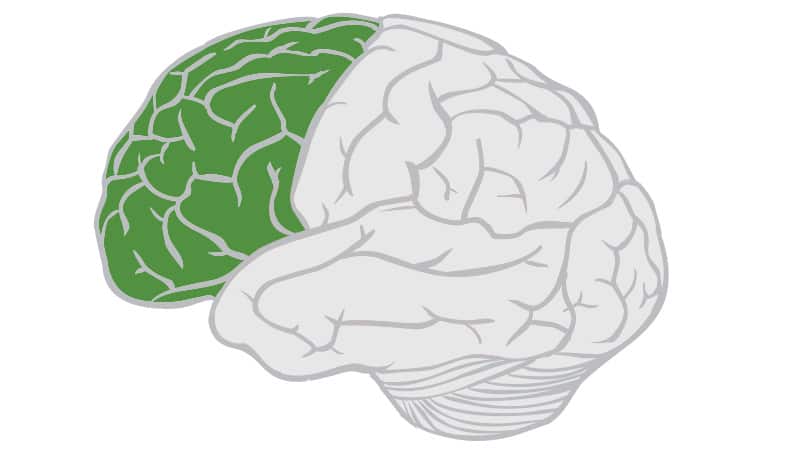
- What Is Aromatherapy Vs. What Are Essential Oils?
- What is La Tomatina in Bunol, Spain Like? What to Expect at the Famous Tomato Throwing Festival
Definition of Musical Giftedness
Musical intelligence is more than just recalling a series of notes or judging its beat. It is also about the emotional response to a piece and being able to interpret its meaning.
Those who have a strong musical bias might find themselves tuning into music above conversation and into each musical instrument being played. An emotional response is also a strong indicator.
